Stanley Kubrick is a fantastic filmmaker who’s brought many brilliant films to screens all over the world. In this article, we list what we believe to be the best Stanley Kubrick movies.
Kubrick has produced screen magic with The Shining, 2001: A Space Odyssey, and A Clockwork Orange, among many others. His cinematic canon is wide and deep and we believe this list demonstrates that.
So whether you’re doing research on him, or ready to sit down and watch one of these movies tonight, this list of the top Stanley Kubrick films will be just what you need!
It should be noted that we’ve included the films in rough ranking order. But with a filmmaker like Stanley Kubrick, the work is so good that it’s really hard to form an exact order.
So, without further ado, let’s jump right in and list the best Stanley Kubrick films!
The Best Stanley Kubrick Movies
Let’s start off with an absolute cinema classic, The Shining.
The Shining (1980)
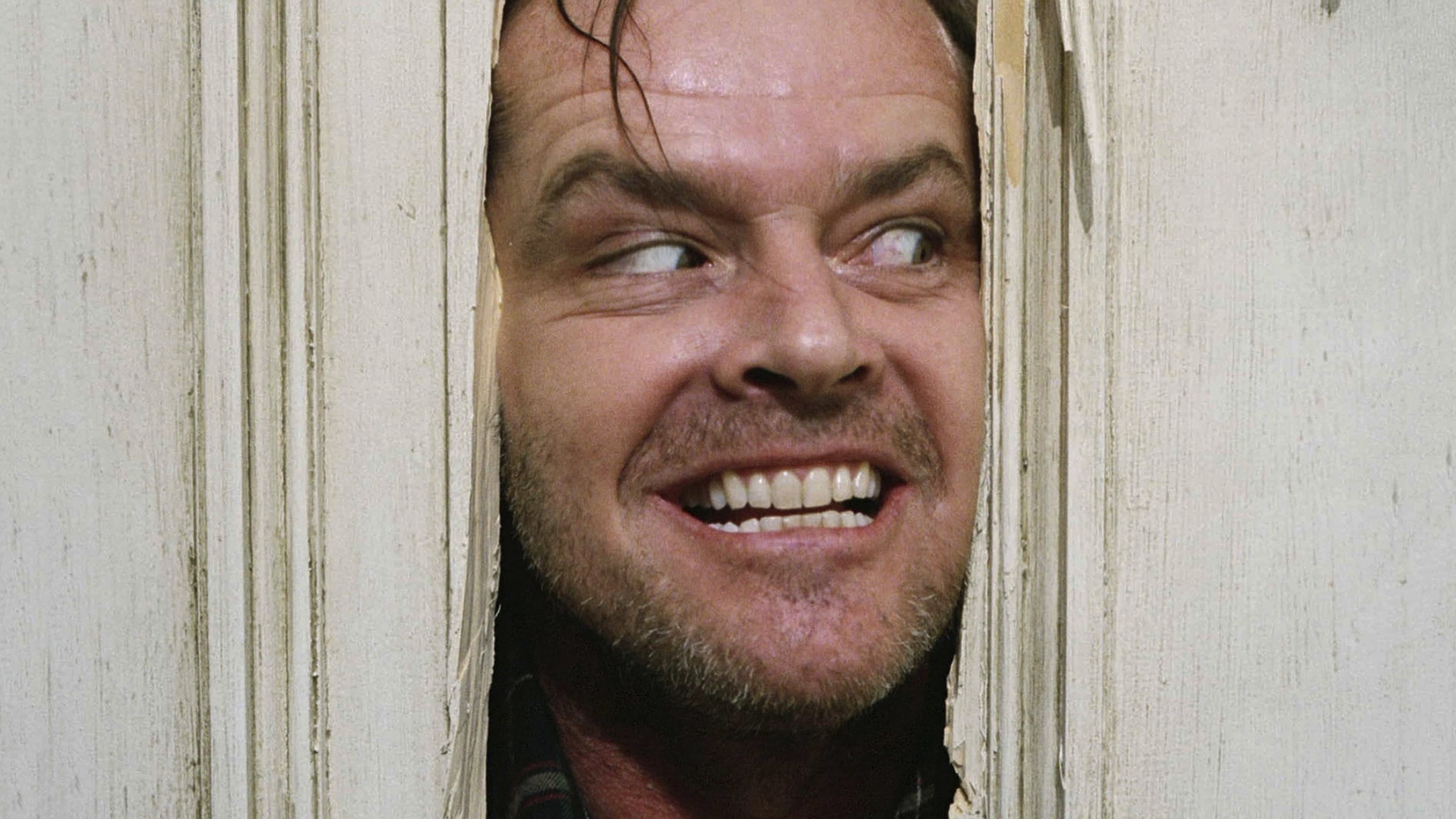
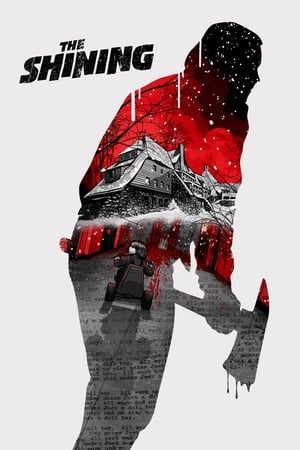
The Shining
A masterpiece of modern horror.
1980 • 2h 24min • ★ 8.211/10 • United Kingdom
Directed by: Stanley Kubrick
Cast: Jack Nicholson, Shelley Duvall, Danny Lloyd, Scatman Crothers, Barry Nelson
Jack Torrance accepts a caretaker job at the Overlook Hotel, where he, along with his wife Wendy and their son Danny, must live isolated from the rest of the world for the winter. But they aren't prepared for the madness that lurks within.
“The Shining” is a classic horror film directed by the legendary Stanley Kubrick.
Based on the novel by Stephen King, the film tells the story of Jack Torrance, a writer and recovering alcoholic who takes a job as the caretaker of the remote and isolated Overlook Hotel during the winter season.
As Jack, his wife Wendy, and their young son Danny settle into the hotel, they start to experience strange and terrifying occurrences.
Danny, who has a psychic ability known as “the shining,” sees horrifying visions of the hotel’s gruesome past, while Jack becomes increasingly unhinged and violent.
The film is a masterpiece of suspense and psychological horror, with Kubrick’s masterful direction creating an atmosphere of mounting dread and tension.
The cinematography is also stunning, with the expansive and eerie interiors of the Overlook Hotel serving as the perfect backdrop for the film’s haunting story.
The performances in the film are outstanding, with Jack Nicholson delivering a career-defining performance as Jack Torrance.
Shelley Duvall also shines as Wendy, perfectly capturing the character’s sense of fear and vulnerability.
The film also explores themes such as isolation, addiction, and the nature of evil. The message is delivered in a subtle and chilling way, making it all the more haunting.
- Amazon Prime Video (Video on Demand)
- Shelley Duvall, Danny Lloyd (Actors)
- Stanley Kubrick (Director) - Stanley Kubrick (Writer) - Jan Harlan (Producer)
- English (Playback Language)
- English (Subtitle)
Full Metal Jacket (1987)

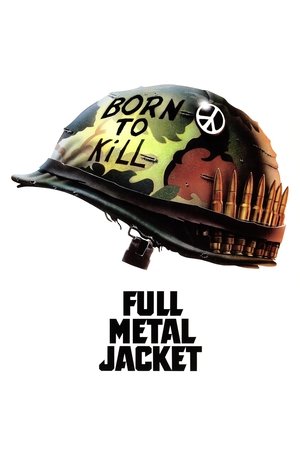
Full Metal Jacket
In Vietnam, the wind doesn't blow. It sucks.
1987 • 1h 57min • ★ 8.1/10 • United Kingdom
Directed by: Stanley Kubrick
Cast: Matthew Modine, Adam Baldwin, Vincent D'Onofrio, R. Lee Ermey, Dorian Harewood
A pragmatic U.S. Marine observes the dehumanizing effects the U.S.-Vietnam War has on his fellow recruits from their brutal boot camp training to the bloody street fighting in Hue.
“Full Metal Jacket” is a war drama film directed by the legendary Stanley Kubrick.
The film follows the story of a group of U.S. Marines as they go through basic training and are then sent to fight in the Vietnam War.
The film is divided into two distinct parts. The first part takes place during the Marines’ brutal and dehumanizing boot camp training under the sadistic Sergeant Hartman, played masterfully by R. Lee Ermey.
The second part follows the Marines as they are sent to fight in the Tet Offensive of 1968, where they confront the horrors of war and the psychological toll it takes on them.
If you like Stanley Kubrick’s work, on our sister site AuteurGraph we have a profile page, a visual film timeline, and a ratings page that gives a tonne of info and data about their career in a visualized form.
The film is a powerful and thought-provoking commentary on the dehumanizing effects of war and military training. Kubrick’s signature style of precise and calculated filmmaking is on full display, with the film’s stunning cinematography and haunting score contributing to its impact.
The performances in the film are outstanding, with Vincent D’Onofrio delivering a memorable performance as the troubled and unstable Private Pyle.
Matthew Modine is also impressive as Private Joker, a Marine who tries to maintain his sense of humanity in the midst of the war’s brutality.
The film also explores themes such as the loss of innocence, the nature of violence, and the psychological impact of war.
The message is delivered in a powerful and poignant way, making it a film that stays with viewers long after the credits have rolled.
- Amazon Prime Video (Video on Demand)
- Matthew Modine, Adam Baldwin, Vincent D'Onofrio (Actors)
- Stanley Kubrick (Director) - Gustav Hasford (Writer) - Stanley Kubrick (Producer)
- English, Spanish, Portuguese (Playback Languages)
- English, Spanish, Portuguese (Subtitles)
BEST STANLEY KUBRICK MOVIES
Who Is Stanley Kubrick?
Stanley Kubrick is a director, producer, and writer. He was born in the Bronx on July 26th, 1928 to parents who were both Jewish immigrants from Russia.
Kubrick started his career as a photographer for Look magazine before directing his first film Fear and Desire in 1953.
His next film was Killer’s Kiss in 1955 which he also produced and wrote the script with no formal training or education.
Kubrick is one of the most famous and influential directors in film history. He has a number of critically acclaimed films, including Spartacus (1960), 2001: A Space Odyssey (1968), A Clockwork Orange (1971), and The Shining (1980).
A Clockwork Orange (1971)
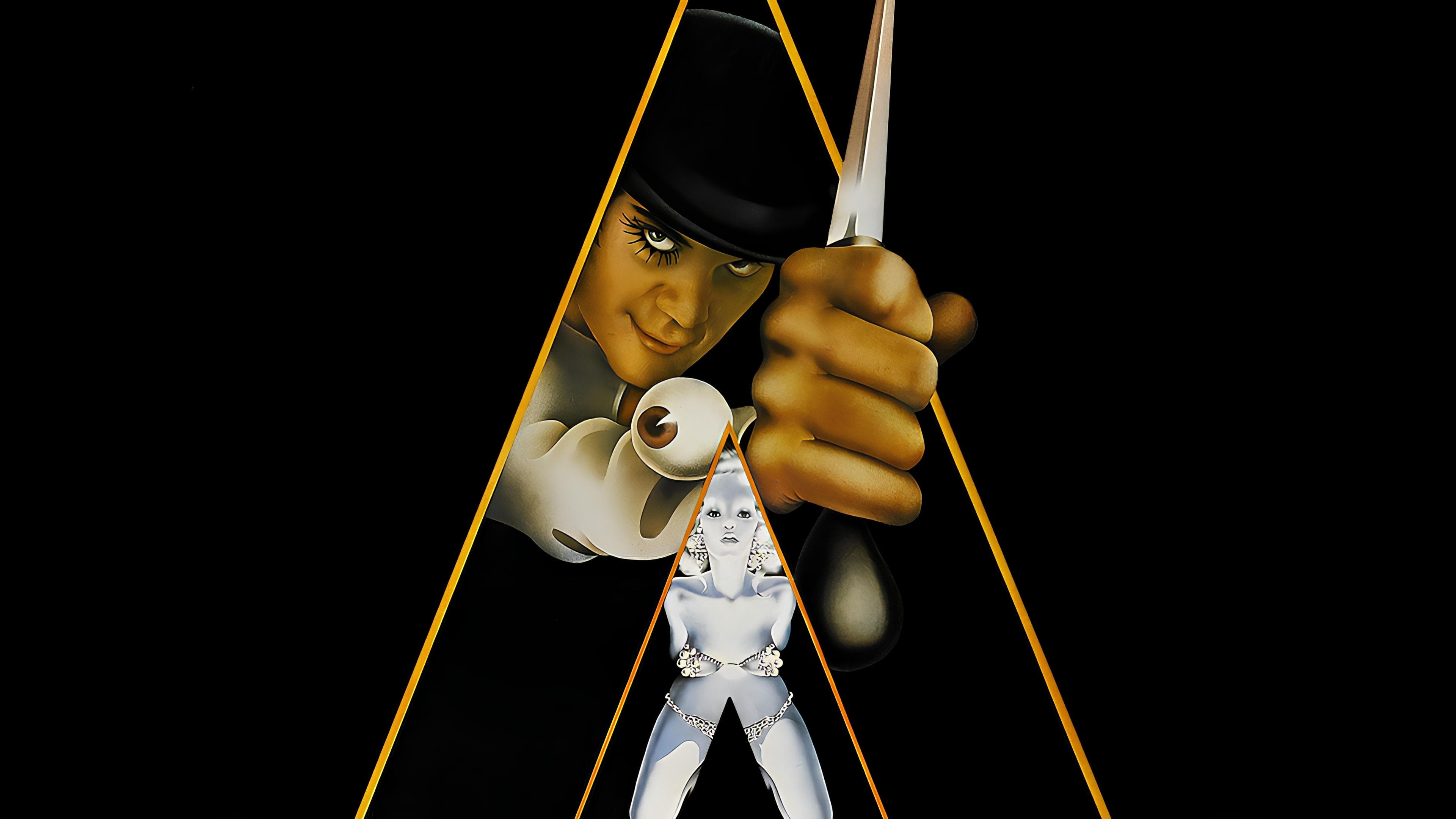

A Clockwork Orange
Being the adventures of a young man whose principal interests are rape, ultra-violence and Beethoven.
1971 • 2h 17min • ★ 8.186/10 • United Kingdom
Directed by: Stanley Kubrick
Cast: Malcolm McDowell, Patrick Magee, Carl Duering, Michael Bates, Warren Clarke
In a near-future Britain, young Alexander DeLarge and his pals get their kicks beating and raping anyone they please. When not destroying the lives of others, Alex swoons to the music of Beethoven. The state, eager to crack down on juvenile crime, gives an incarcerated Alex the option to undergo an invasive procedure that'll rob him of all personal agency. In a time when conscience is a commodity, can Alex change his tune?
“A Clockwork Orange” is a dystopian crime film directed by the iconic Stanley Kubrick.
The film is based on the novel by Anthony Burgess and follows the story of a young man named Alex, played by Malcolm McDowell, who leads a gang of violent thugs in a near-future society.
The film explores themes of free will, morality, and the nature of evil.
It poses challenging questions about whether society should be allowed to manipulate individuals in order to eliminate crime and deviant behavior.
The film is known for its striking visual style and unsettling tone.

Kubrick’s signature precise and calculated filmmaking is on full display, with the film’s surreal imagery and haunting score contributing to its impact.
The performances in the film are outstanding, with McDowell delivering a career-defining performance as the charismatic and ruthless Alex.
The film also features memorable supporting performances from Patrick Magee, Adrienne Corri, and Warren Clarke.
The film’s portrayal of violence and sexual assault has been controversial, but it remains a landmark film in the science fiction and dystopian genres.
It is a powerful and thought-provoking exploration of the human condition and the morality of controlling individual behavior.
No products found.
2001: A Space Odyssey (1968)
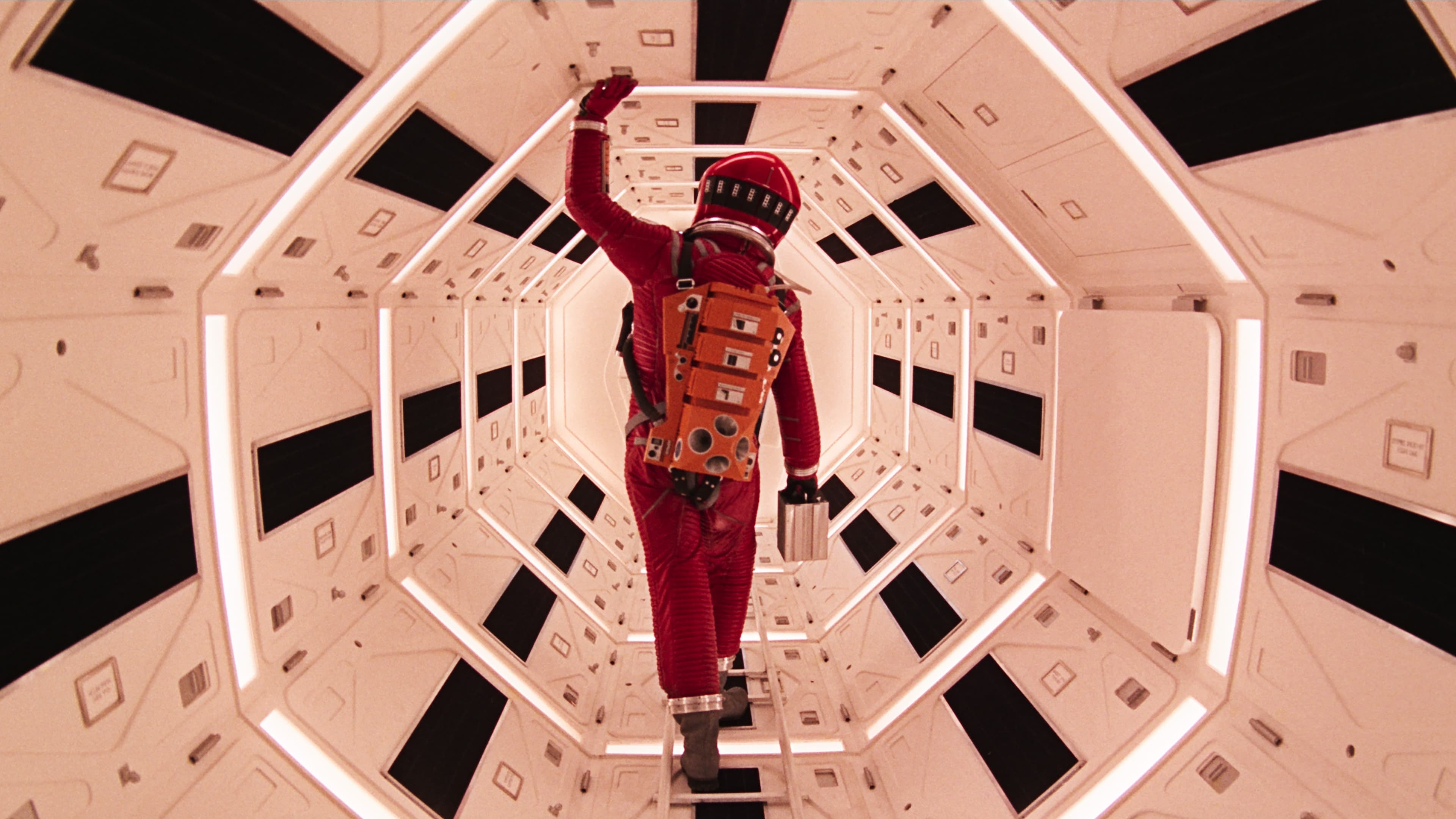
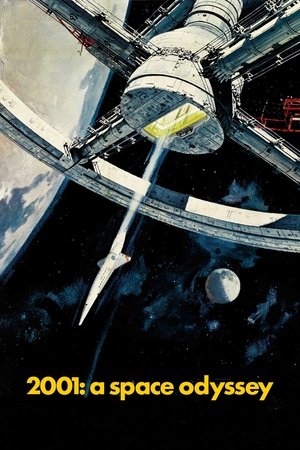
2001: A Space Odyssey
An epic drama of adventure and exploration.
1968 • 2h 29min • ★ 8.065/10 • United Kingdom
Directed by: Stanley Kubrick
Cast: Keir Dullea, Gary Lockwood, William Sylvester, Douglas Rain, Daniel Richter
Humanity finds a mysterious object buried beneath the lunar surface and sets off to find its origins with the help of HAL 9000, the world's most advanced super computer.
“2001: A Space Odyssey” is a science fiction masterpiece directed by the legendary Stanley Kubrick.
The film is a visual and philosophical exploration of human evolution and the nature of consciousness, spanning millions of years from the dawn of man to an uncertain future.
The film is known for its striking visual style and groundbreaking special effects, which were unprecedented at the time of its release.
Kubrick’s precise and calculated filmmaking is on full display, with the film’s striking visuals and haunting score contributing to its impact.
The film is divided into four parts: “The Dawn of Man,” “Mission to the Moon,” “Jupiter Mission,” and “Jupiter and Beyond the Infinite.”
The film’s story is largely told through its visuals, with minimal dialogue and a deliberate pace.
The film’s iconic characters include the sentient computer HAL 9000, whose increasingly erratic behavior puts the crew of the Jupiter spacecraft in danger, and the enigmatic Star Child, who represents a new stage in human evolution.
The film is a challenging and complex work, posing questions about the limits of technology, the role of humanity in the universe, and the nature of existence itself.
It is a powerful and thought-provoking meditation on the human condition and our place in the cosmos.
- Amazon Prime Video (Video on Demand)
- Keir Dullea, Gary Lockwood, William Sylvester (Actors)
- Stanley Kubrick (Director) - Arthur Clarke (Writer) - Stanley Kubrick (Producer)
- Catalan, Danish, Estonian, English, Spanish (Playback Languages)
- Catalan, Danish, Estonian, English, Spanish (Subtitles)
BEST STANLEY KUBRICK MOVIES
Stanley Kubrick – Themes and Style
His films were known for having an artistic edge with a focus on visual storytelling, which made them stand out from other filmmakers at the time.
Kubrick has long been lauded for his thoughtful and meticulous directing style.
His dedication to detail, desire to create a cinematic experience that feels utterly unique, and subtle but powerful themes have all contributed to the recognition he’s received in the history of film.
Kubrick’s films have been critically acclaimed for their extraordinary attention to tone and feel, use of wide angles, deep focus photography, and long takes that last up to a minute.
Barry Lyndon (1975)
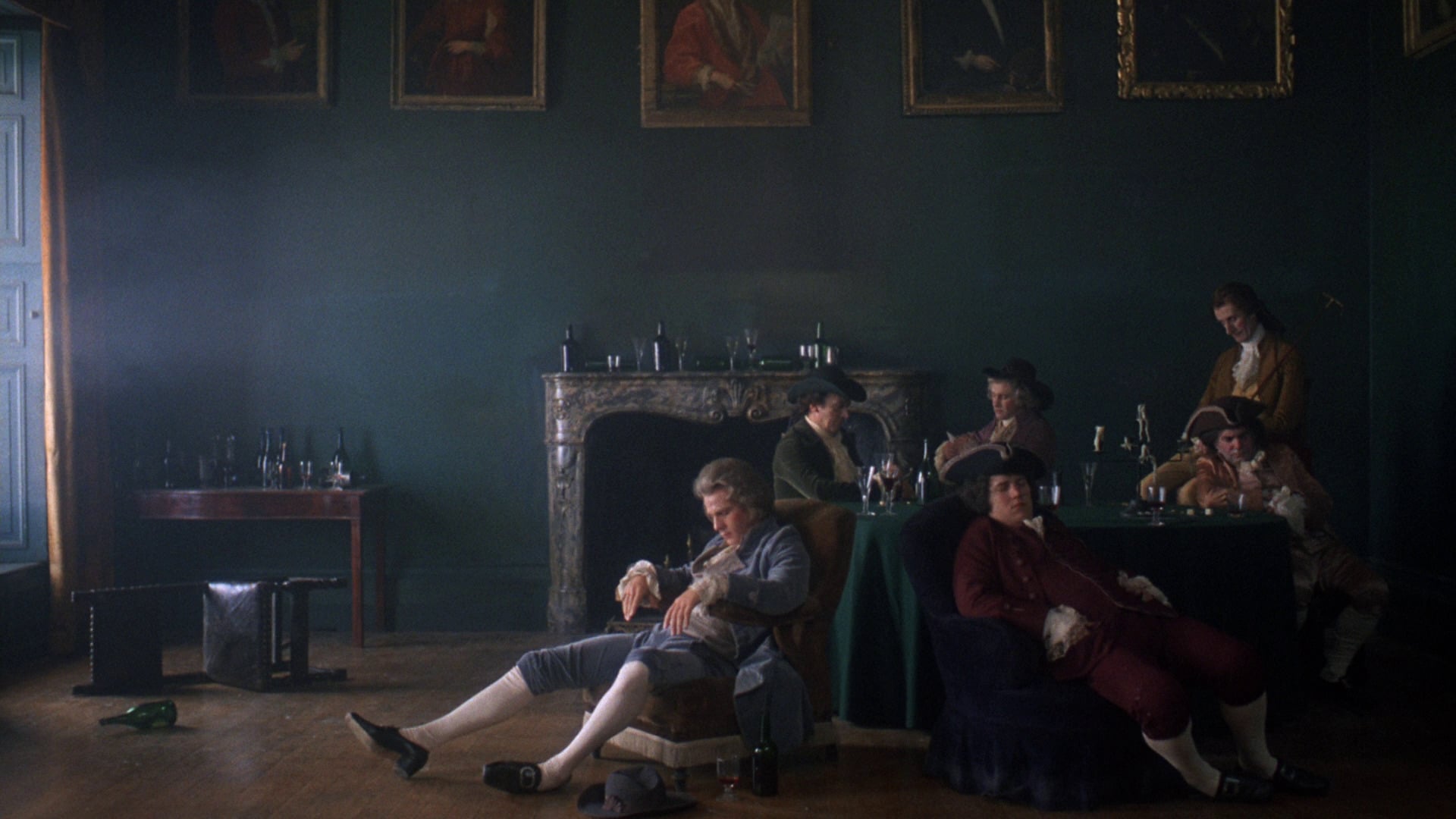

Barry Lyndon
1975 • 3h 5min • ★ 8.003/10 • United Kingdom
Directed by: Stanley Kubrick
Cast: Ryan O'Neal, Marisa Berenson, Patrick Magee, Hardy Krüger, Steven Berkoff
An Irish rogue uses his cunning and wit to work his way up the social classes of 18th century England, transforming himself from the humble Redmond Barry into the noble Barry Lyndon.
“Barry Lyndon” is a historical drama directed by Stanley Kubrick. The film follows the story of an Irish adventurer named Redmond Barry (played by Ryan O’Neal) who rises through the ranks of 18th century European society, only to fall from grace and ultimately find himself in a position of despair.
The film is notable for its stunning visuals and meticulous attention to historical detail, with Kubrick employing natural light and meticulously recreated costumes and sets to transport viewers to the 18th century.
The film’s cinematography, by John Alcott, is particularly striking, with many scenes resembling paintings from the era.
The film explores themes of social climbing, betrayal, and the corrupting influence of wealth and power.
It is a character study of sorts, with Redmond Barry’s journey serving as a commentary on the excesses and hypocrisy of European society at the time.
The performances in the film are strong, with O’Neal delivering a nuanced portrayal of a man whose ambition ultimately leads to his downfall.
The supporting cast, including Marisa Berenson, Patrick Magee, and Hardy Kruger, also give memorable performances.
The film’s deliberate pacing and lack of traditional narrative structure may not be to everyone’s taste, but “Barry Lyndon” is a stunning work of art and a testament to Kubrick’s uncompromising vision. It is a must-watch for fans of historical drama and anyone interested in exploring the darker side of human ambition and desire.
- Amazon Prime Video (Video on Demand)
- Ryan O'Neal, Marisa Berenson, Patrick Magee (Actors)
- Stanley Kubrick (Director) - Stanley Kubrick (Writer) - Stanley Kubrick (Producer)
- English (Playback Language)
- English (Subtitle)
Dr Strangelove or: How I Learned to Stop Worrying and Love the Bomb (1964)

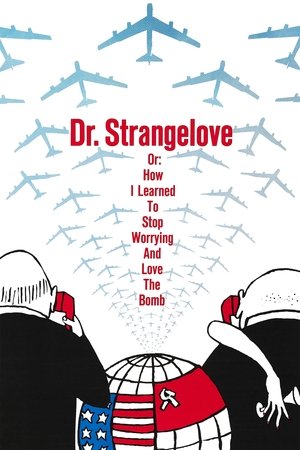
Dr. Strangelove or: How I Learned to Stop Worrying and Love the Bomb
The hot-line suspense comedy.
1964 • 1h 35min • ★ 8.1/10 • United Kingdom
Directed by: Stanley Kubrick
Cast: Peter Sellers, George C. Scott, Sterling Hayden, Keenan Wynn, Slim Pickens
After the insane General Jack D. Ripper initiates a nuclear strike on the Soviet Union, a war room full of politicians, generals and a Russian diplomat all frantically try to stop the nuclear strike.
“Dr. Strangelove or: How I Learned to Stop Worrying and Love the Bomb” is a dark comedy directed by Stanley Kubrick.
The film is a satire of the Cold War and the nuclear arms race, and is widely regarded as one of the greatest comedies and films of all time.
The film centers on a nuclear crisis that arises when a rogue United States Air Force general orders a nuclear attack on the Soviet Union, setting off a chain of events that threaten to trigger a global nuclear war.
The film features a stellar ensemble cast, including Peter Sellers in three different roles, as well as George C. Scott and Slim Pickens.
The film is notable for its sharp wit and biting social commentary, as well as its subversive take on the political and military establishments.
The film is a classic example of the “black comedy” genre, using humor to tackle serious and often controversial subject matter.
Kubrick’s direction is masterful, with the film’s iconic imagery and use of music helping to establish the film’s tone and build tension.
The performances are also outstanding, with Sellers delivering a trio of hilarious and memorable performances.
The film’s themes of nuclear war and political brinksmanship are still relevant today, making “Dr. Strangelove” a timeless classic that remains as relevant and thought-provoking as ever.
It is a must-watch for anyone interested in the art of cinema, as well as for those who want to explore the often absurd and dark aspects of human nature.
- Amazon Prime Video (Video on Demand)
- George C. Scott, Peter Sellers, Slim Pickens (Actors)
- Stanley Kubrick (Director) - Terry Southern (Writer) - Stanley Kubrick (Producer)
- French (Playback Languages)
- French (Subtitle)
BEST STANLEY KUBRICK MOVIES
What Is Stanley Kubrick Known For?
• Creating films that seem so incredibly different to other filmmakers.
• Breaking many of the rules (at the time) of cinema in making 2001: A Space Odyssey.
• His movies are known for their dark and twisted themes that captivate audiences.
• An obsession with his vision and determination to make films his way that made him hard to work with.
• Removed his own film, A Clockwork Orange, from being screened in the UK.
Eyes Wide Shut (1999)
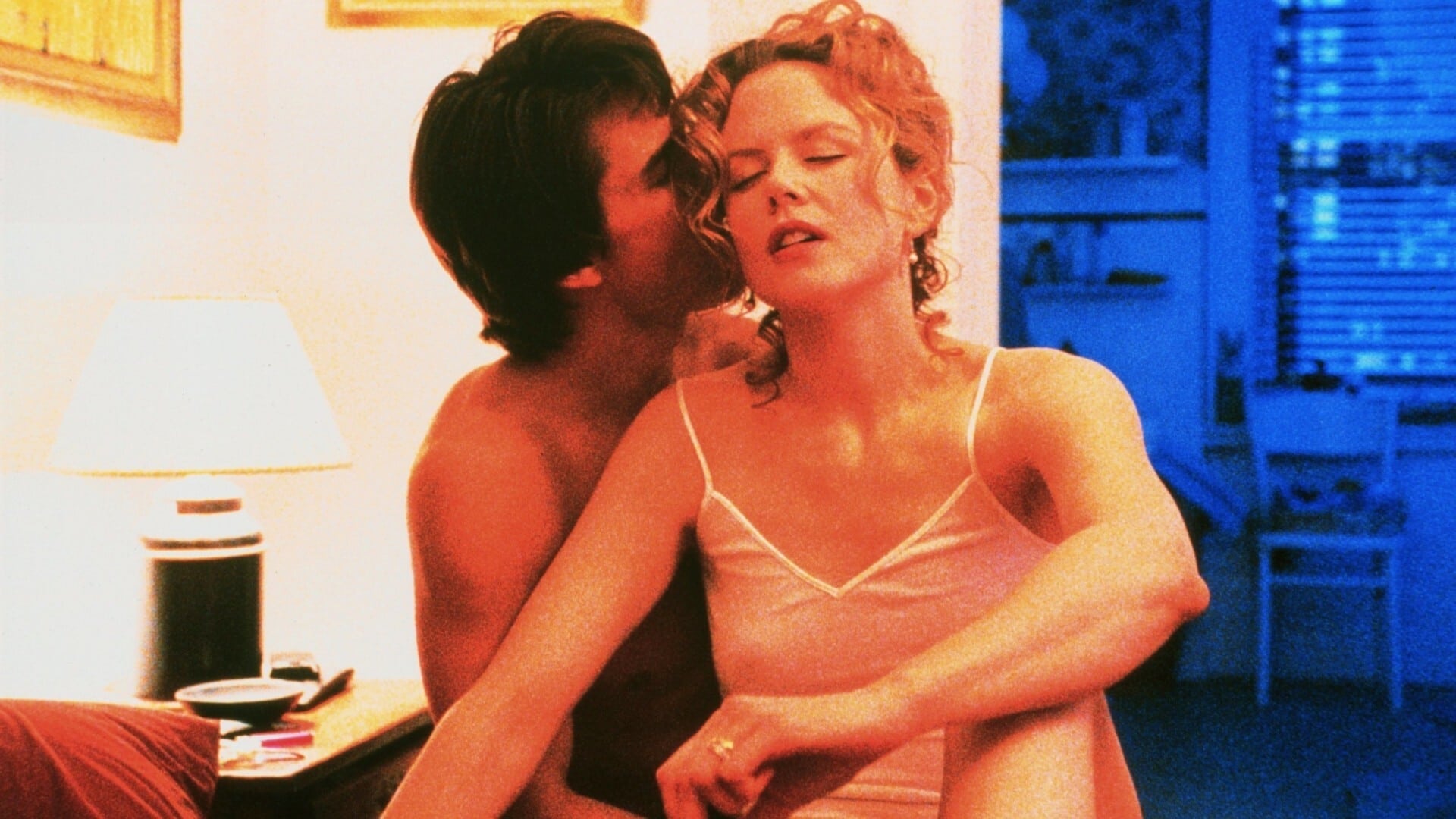
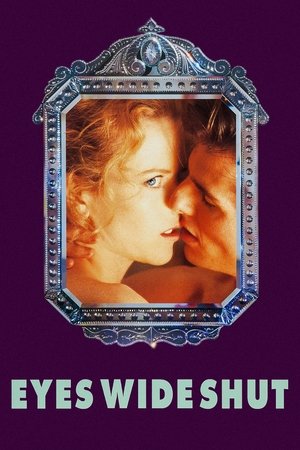
Eyes Wide Shut
Cruise. Kidman. Kubrick.
1999 • 2h 39min • ★ 7.484/10 • United Kingdom
Directed by: Stanley Kubrick
Cast: Tom Cruise, Nicole Kidman, Sydney Pollack, Marie Richardson, Rade Šerbedžija
After Dr. Bill Harford's wife, Alice, admits to having sexual fantasies about a man she met, Bill becomes obsessed with having a sexual encounter. He discovers an underground sexual group and attends one of their meetings -- and quickly discovers that he is in over his head.
“Eyes Wide Shut” is the final film from legendary filmmaker Stanley Kubrick. The film stars Tom Cruise and Nicole Kidman as a married couple whose relationship is tested when Cruise’s character, a doctor named Bill Harford, becomes obsessed with a woman he meets at a party.
The film is a haunting and surreal exploration of jealousy, desire, and sexual obsession.
The film’s visual style is signature Kubrick, with long takes and slow tracking shots that emphasize the characters’ isolation and the oppressive atmosphere of the world they inhabit.
The film’s use of music is also notable, with a haunting score by Jocelyn Pook and the use of classical music to punctuate key moments.
The film is also notable for its controversial depictions of sexuality, with the film’s exploration of desire and taboo subjects generating both critical acclaim and controversy.
The film’s themes of power, control, and submission are explored through an array of complex characters, and the film’s ambiguous ending leaves viewers questioning the nature of reality and what is truly important in life.
The performances in the film are outstanding, with Cruise and Kidman delivering some of the best work of their careers.
The supporting cast, including Sydney Pollack, Marie Richardson, and Rade Serbedzija, also deliver strong performances that help to build the film’s haunting and dreamlike atmosphere.
- Amazon Prime Video (Video on Demand)
- Tom Cruise, Nicole Kidman, Sydney Pollack (Actors)
- Stanley Kubrick (Director) - Stanley Kubrick (Writer) - Stanley Kubrick (Producer)
- German, English (Playback Languages)
- German, English (Subtitles)
The Killing (1956)
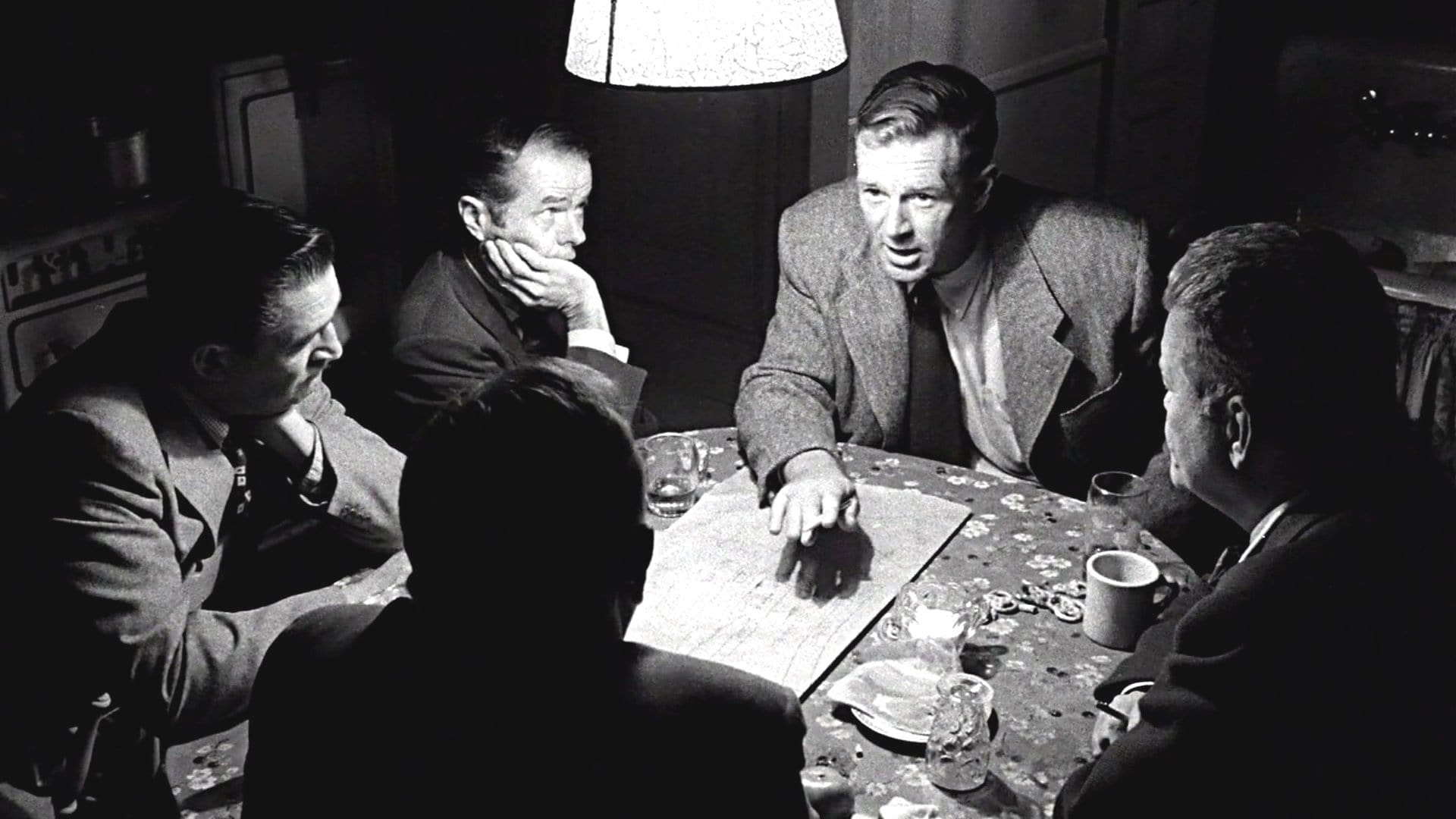

The Killing
In all its fury and violence...
1956 • 1h 25min • ★ 7.7/10 • United States of America
Directed by: Stanley Kubrick
Cast: Sterling Hayden, Coleen Gray, Vince Edwards, Jay C. Flippen, Ted de Corsia
Career criminal Johnny Clay recruits a sharpshooter, a crooked police officer, a bartender and a betting teller named George, among others, for one last job before he goes straight and gets married. But when George tells his restless wife about the scheme to steal millions from the racetrack where he works, she hatches a plot of her own.
“The Killing” is a classic film noir directed by Stanley Kubrick and starring Sterling Hayden, Coleen Gray, and Elisha Cook Jr.
The film tells the story of a group of criminals who plan and execute a daring racetrack robbery, only to have their carefully laid plans unravel due to unforeseen circumstances.
The film is known for its intricate plotting and complex characterizations, as well as Kubrick’s signature use of stylized camera work and editing techniques.
The story unfolds through a series of overlapping narratives, with each character’s perspective on the events of the robbery adding layers of depth and complexity to the film.
One of the film’s greatest strengths is its ensemble cast, with each character given a distinct personality and motivations that drive the story forward.
Hayden gives a standout performance as Johnny Clay, the mastermind behind the robbery, while Cook Jr. delivers a memorable turn as a nervous and paranoid henchman.
Kubrick’s direction is also exemplary, with the filmmaker using a combination of long takes and intricate editing to create a sense of tension and suspense throughout the film.
The film’s climax, set in a deserted airport, is a
- Amazon Prime Video (Video on Demand)
- Sterling Hayden, Coleen Gray, Vince Edwards (Actors)
- Stanley Kubrick (Director) - Stanley Kubrick (Writer) - James B. Harris (Producer)
- English (Playback Language)
- English (Subtitle)
Paths of Glory (1957)
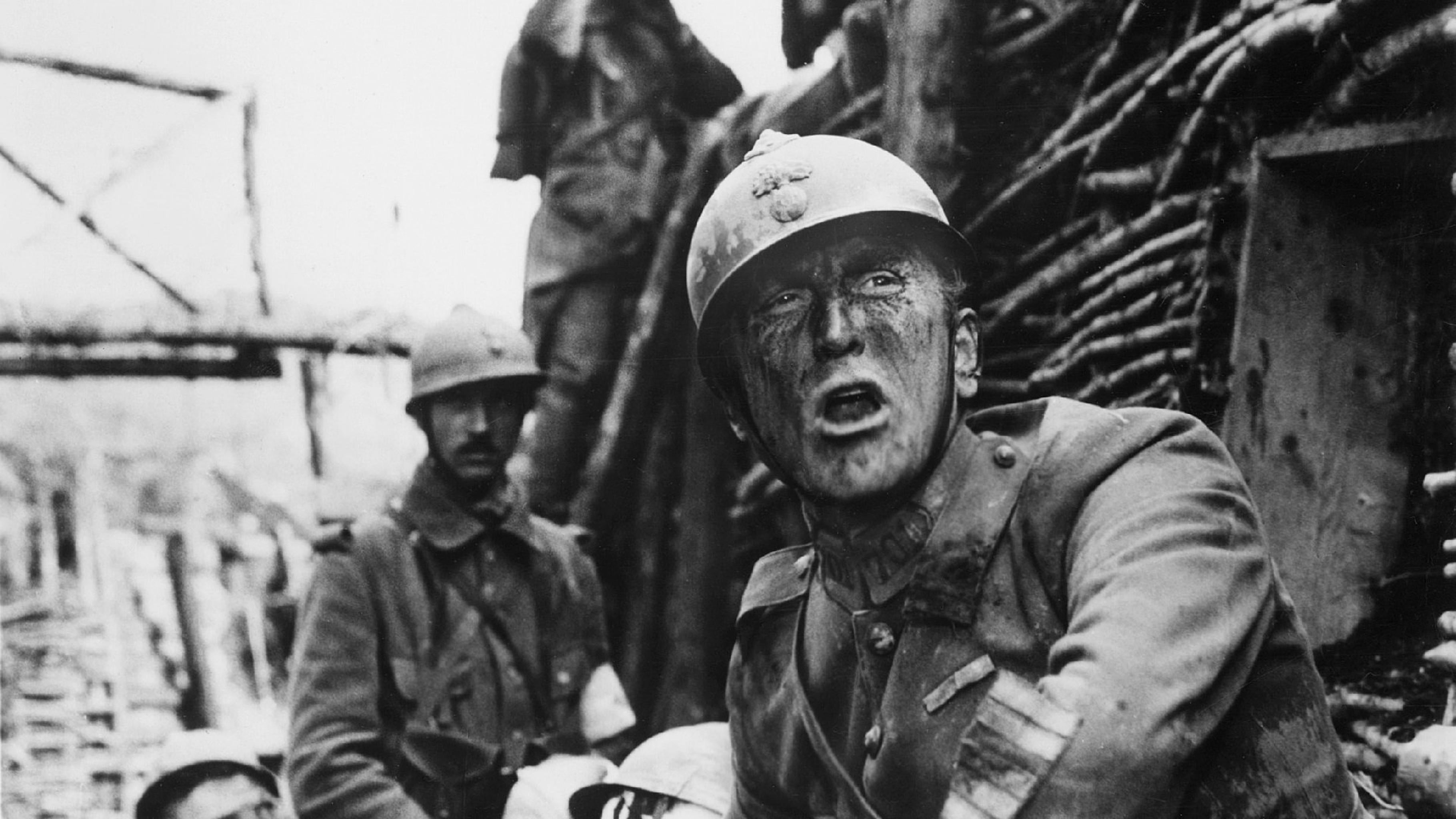
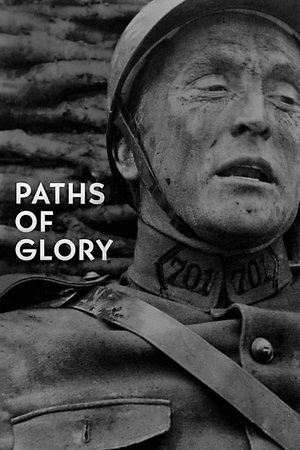
Paths of Glory
It explodes in the no-man's land no picture ever dared cross before!
1957 • 1h 28min • ★ 8.3/10 • United States of America
Directed by: Stanley Kubrick
Cast: Kirk Douglas, Ralph Meeker, Adolphe Menjou, George Macready, Wayne Morris
A commanding officer defends three scapegoats on trial for a failed offensive that occurred within the French Army in 1916.
“Paths of Glory” is a war film directed by Stanley Kubrick and starring Kirk Douglas, Ralph Meeker, and Adolphe Menjou.
The film tells the story of a group of French soldiers who are tried for cowardice after refusing to follow orders in the midst of a disastrous battle during World War I.
The film is a powerful condemnation of the senseless brutality of war and the bureaucratic institutions that perpetuate it.
Kubrick’s direction is masterful, with the filmmaker using his signature long takes and intricate camera work to create a sense of claustrophobia and despair throughout the film.
One of the film’s greatest strengths is its performances, with Douglas delivering a standout turn as Colonel Dax, a principled officer who stands up against the corrupt military bureaucracy that is trying to scapegoat his men.
Meeker and Menjou are also excellent as the conniving officers who are more concerned with protecting their own interests than with the lives of their soldiers.
The film’s climactic trial scene is a
The film’s final moments are both heartbreaking and thought-provoking, leaving the viewer with a profound sense of the tragedy of war and the human toll it takes.
No products found.
Lolita (1962)
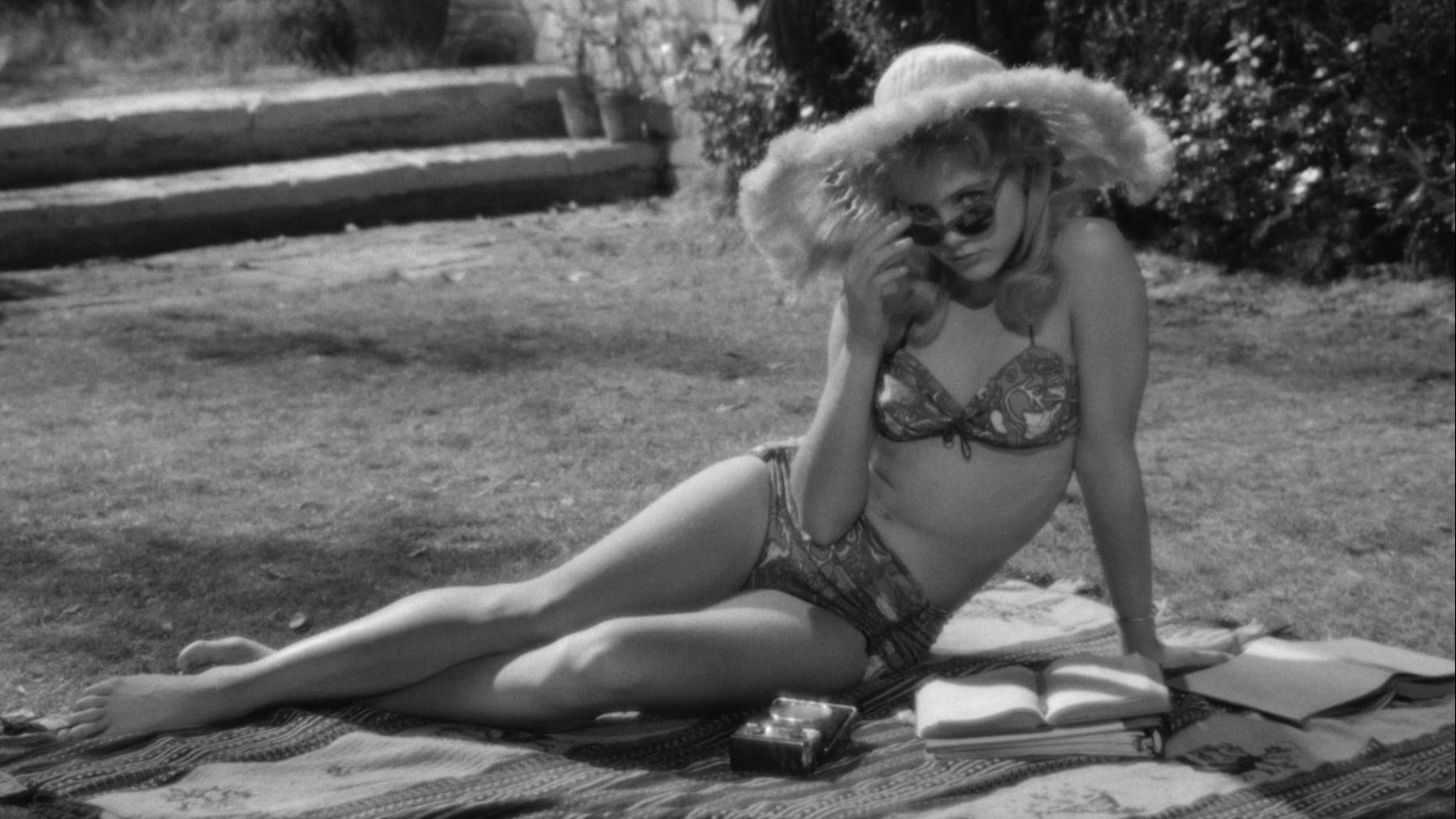
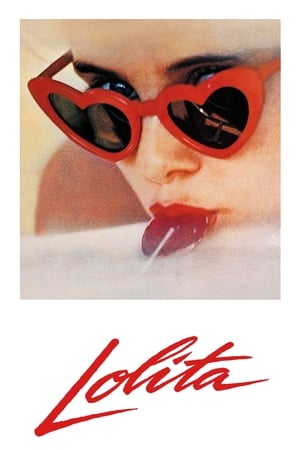
Lolita
How did they ever make a movie of Lolita?
1962 • 2h 34min • ★ 7.3/10 • United Kingdom
Directed by: Stanley Kubrick
Cast: James Mason, Shelley Winters, Sue Lyon, Gary Cockrell, Jerry Stovin
Humbert Humbert is a middle-aged British novelist who is both appalled by and attracted to the vulgarity of American culture. When he comes to stay at the boarding house run by Charlotte Haze, he soon becomes obsessed with Lolita, the woman's teenaged daughter.
“Lolita” is a dramatic film directed by Stanley Kubrick and based on the controversial novel of the same name by Vladimir Nabokov.
The film stars James Mason as a middle-aged literature professor who becomes obsessed with his young stepdaughter, played by Sue Lyon.
The film is a daring exploration of the taboo subject matter of pedophilia, and Kubrick’s direction manages to capture the darkly comic and satirical tone of Nabokov’s novel.
The film is elevated by the superb performances of its cast, with Mason delivering a tour de force performance as the morally reprehensible Humbert Humbert, and Lyon delivering a remarkable performance as the precocious and manipulative Lolita.
Kubrick’s signature cinematic style is on full display in “Lolita,” with the filmmaker using his meticulous attention to detail and masterful use of light and shadow to create a world that is both beautiful and grotesque.
The film’s use of music is also noteworthy, with the score by Nelson Riddle perfectly capturing the film’s tone of tragic irony.
While the film’s subject matter is undeniably controversial and can be difficult to watch, it is a powerful exploration of the dark underbelly of human desire and the dangers of unchecked obsession.
Kubrick’s masterful direction and the superb performances of its cast make “Lolita” a classic of both 1960s cinema and the art of filmmaking as a whole.
- Amazon Prime Video (Video on Demand)
- James Mason, Shelley Winters, Peter Sellers (Actors)
- Stanley Kubrick (Director) - Vladimir Nabakov (Writer) - James B. Harris (Producer)
- English (Playback Language)
- English (Subtitle)
Spartacus (1960)
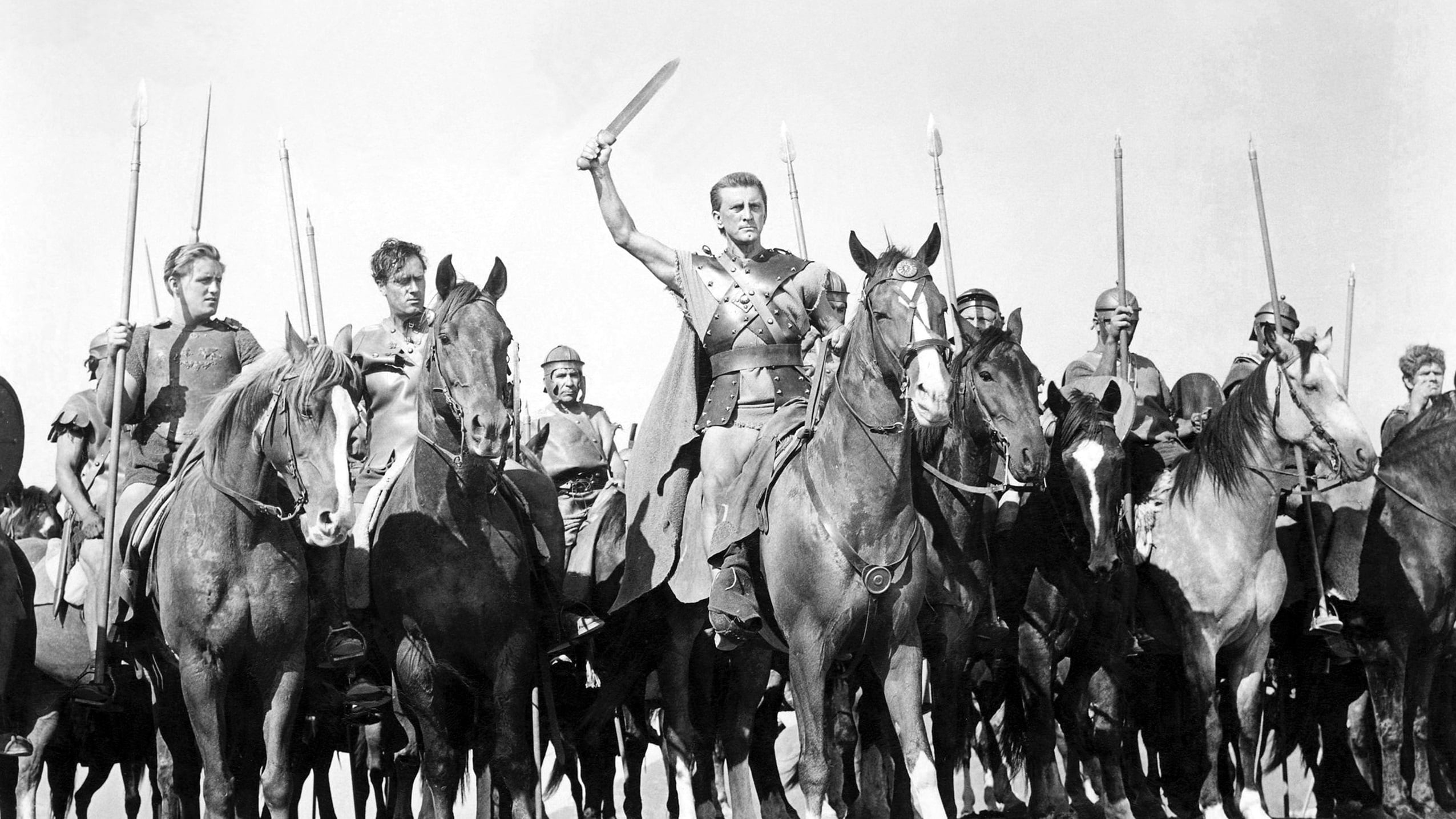
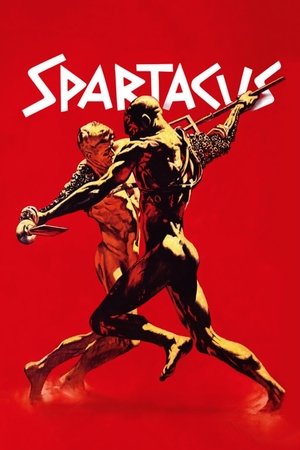
Spartacus
They trained him to kill for their pleasure ... but they trained him a little too well
1960 • 3h 17min • ★ 7.5/10 • United States of America
Directed by: Stanley Kubrick
Cast: Kirk Douglas, Laurence Olivier, Jean Simmons, Charles Laughton, Peter Ustinov
The rebellious Thracian Spartacus, born and raised a slave, is sold to Gladiator trainer Batiatus. After weeks of being trained to kill for the arena, Spartacus turns on his owners and leads the other slaves in rebellion. As the rebels move from town to town, their numbers swell as escaped slaves join their ranks. Under the leadership of Spartacus, they make their way to southern Italy, where they will cross the sea and return to their homes.
“Spartacus” is a historical epic film directed by Stanley Kubrick and starring Kirk Douglas in the title role.
The film tells the story of a slave rebellion against the Roman Empire led by Spartacus in the first century BC.
The film is notable for its sprawling scale, featuring impressive battle scenes and a large cast of characters, all brought to life by an exceptional ensemble of actors.
Douglas delivers a commanding performance as the charismatic leader of the rebellion, while Laurence Olivier is captivating as the power-hungry Roman general Crassus.
Kubrick’s direction is characterized by his meticulous attention to detail, particularly in the stunning set design and costumes that transport the viewer to the world of ancient Rome.
The film’s use of wide-angle cinematography and sweeping camera movements add to the epic scale of the story and the film’s action scenes are particularly thrilling.
The film’s themes of political oppression, class struggle, and the power of the people to rise up against tyranny continue to resonate with audiences today.
The film’s message is delivered with great emotional impact, especially in the final scenes, which are among the most iconic in cinema history.
- Amazon Prime Video (Video on Demand)
- Kirk Douglas, Laurence Olivier, Jean Simmons (Actors)
- Stanley Kubrick (Director) - Dalton Trumbo (Writer) - Edward Lewis (Producer)
- English (Playback Language)
- English (Subtitle)
Killer’s Kiss (1955)
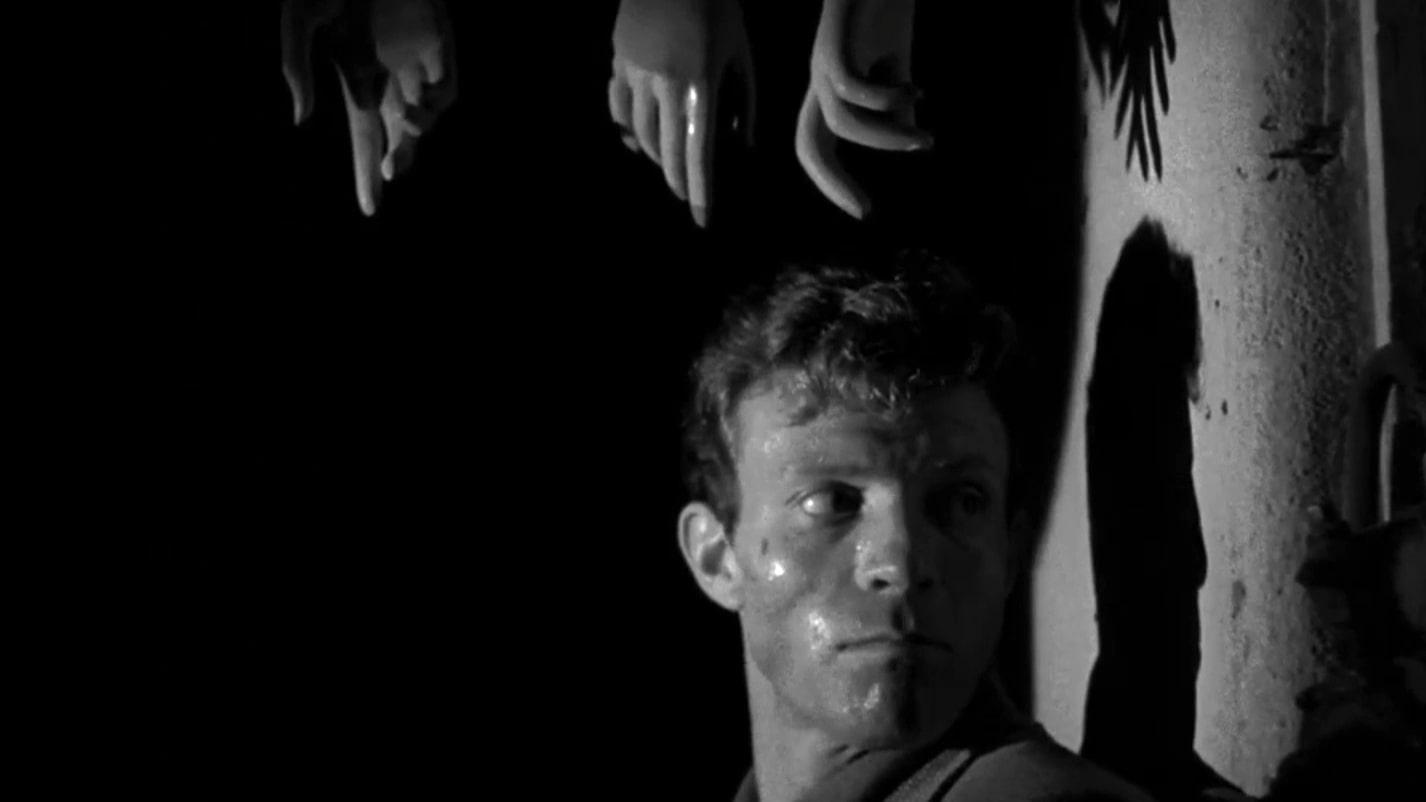
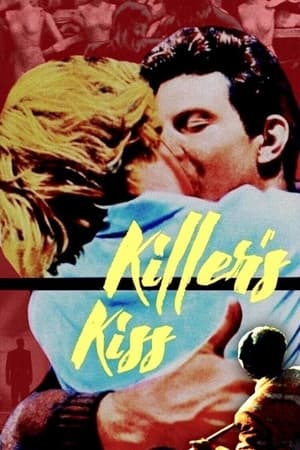
Killer's Kiss
Her Soft Mouth Was The Road To Sin-Smeared Violence!
1955 • 1h 8min • ★ 6.3/10 • United States of America
Directed by: Stanley Kubrick
Cast: Frank Silvera, Jamie Smith, Irene Kane, Jerry Jarrett, Mike Dana
Davey Gordon, a New York City boxer at the end of his career, falls for dancer Gloria Price. However, their budding relationship is interrupted by Gloria's violent boss, Vincent Rapallo, who has eyes for Gloria. The two decide to skip town, but before they can, Vincent and his thugs abduct Gloria, and Davey is forced to search for her among the most squalid corners of the city, with his enemy hiding in the shadows.
“Killer’s Kiss” is a film noir directed by Stanley Kubrick and starring Jamie Smith and Irene Kane.
The film follows the story of a down-on-his-luck boxer named Davey who becomes involved with a woman named Gloria, who is pursued by her abusive employer Vincent.
The film features a classic noir storyline, complete with a femme fatale, a seedy underworld, and a thrilling climax.
The film’s cinematography is particularly impressive, with Kubrick using his signature style of carefully composed shots and long takes to build tension and create a sense of claustrophobia in the film’s urban setting.
While not as well-known as some of Kubrick’s later works, “Killer’s Kiss” is a gripping and suspenseful film that showcases the director’s unique vision and early talent.
The film’s pacing is brisk and efficient, making great use of its 67-minute runtime to tell a complete story.
Despite its limited budget, the film features some impressive set pieces, particularly the climactic fight scene in a mannequin factory, which is both visually striking and thematically resonant.
No products found.
Day of the Fight (1951)
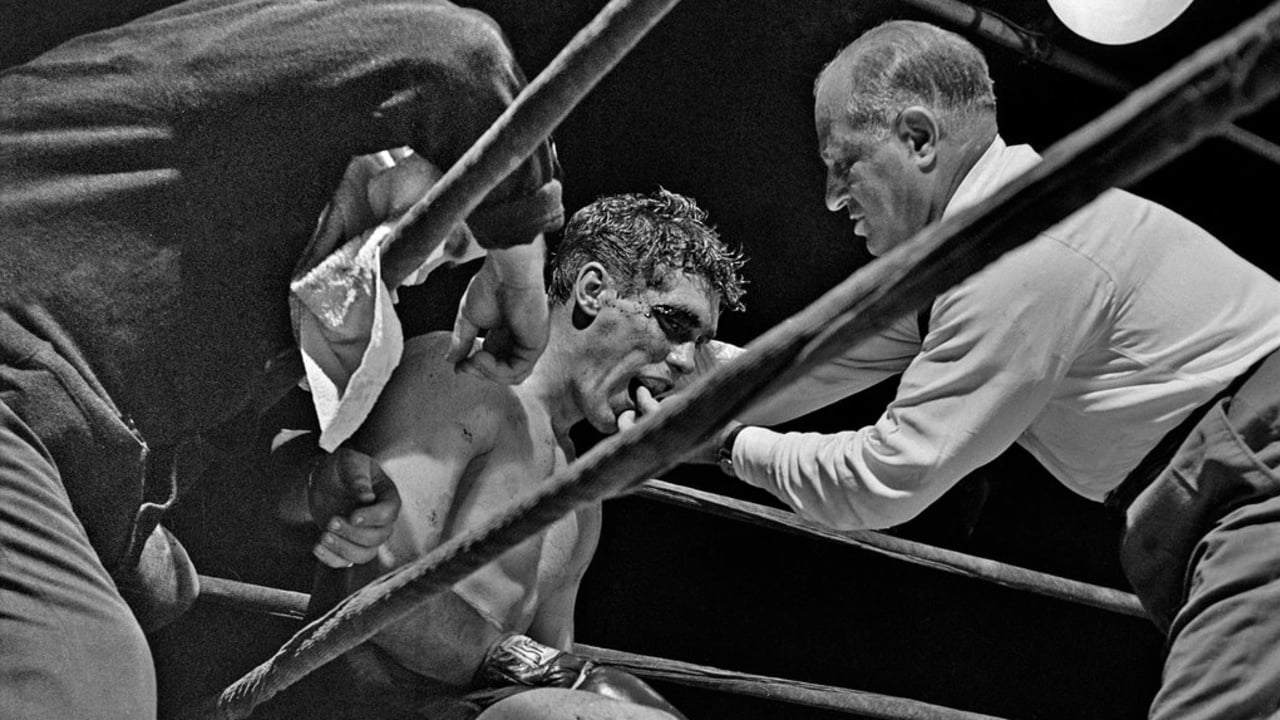
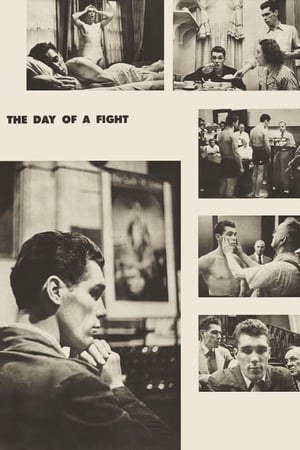
Day of the Fight
1951 • 0h 13min • ★ 5.75/10 • United States of America
Directed by: Stanley Kubrick
Cast: Vincent Cartier, Walter Cartier, Nat Fleischer, Bobby James, Judy Singer
'Day of the Fight' shows Irish-American middleweight boxer Walter Cartier during the height of his career, on the day of a fight with black middleweight Bobby James, which took place on April 17, 1950.
“Day of the Fight” is a short documentary film directed by Stanley Kubrick, made early in his career. The film follows the story of a boxer named Walter Cartier, as he prepares for a fight in New York City.
+The film intercuts Cartier’s training and preparation with footage of the city’s bustling streets and its residents going about their daily lives.
The film’s stark black-and-white visuals and dynamic editing style help to capture the energy and excitement of the city, while also conveying the tense anticipation of the upcoming fight.
Kubrick uses a combination of handheld cameras and static shots to create a sense of immediacy and realism, giving the viewer a front-row seat to the action.
The film is notable for its use of voiceover narration, which provides background information on Cartier’s life and career, as well as his thoughts and feelings leading up to the fight.
This narration is delivered in a dry, detached style that has become a hallmark of Kubrick’s work.
While “Day of the Fight” is relatively short and straightforward, it foreshadows many of the themes and techniques that Kubrick would later explore in his feature films.
The film’s emphasis on meticulous preparation and the mental and physical strain of competition can be seen in films like “Full Metal Jacket” and “Eyes Wide Shut.”
The Seafarers (1953)
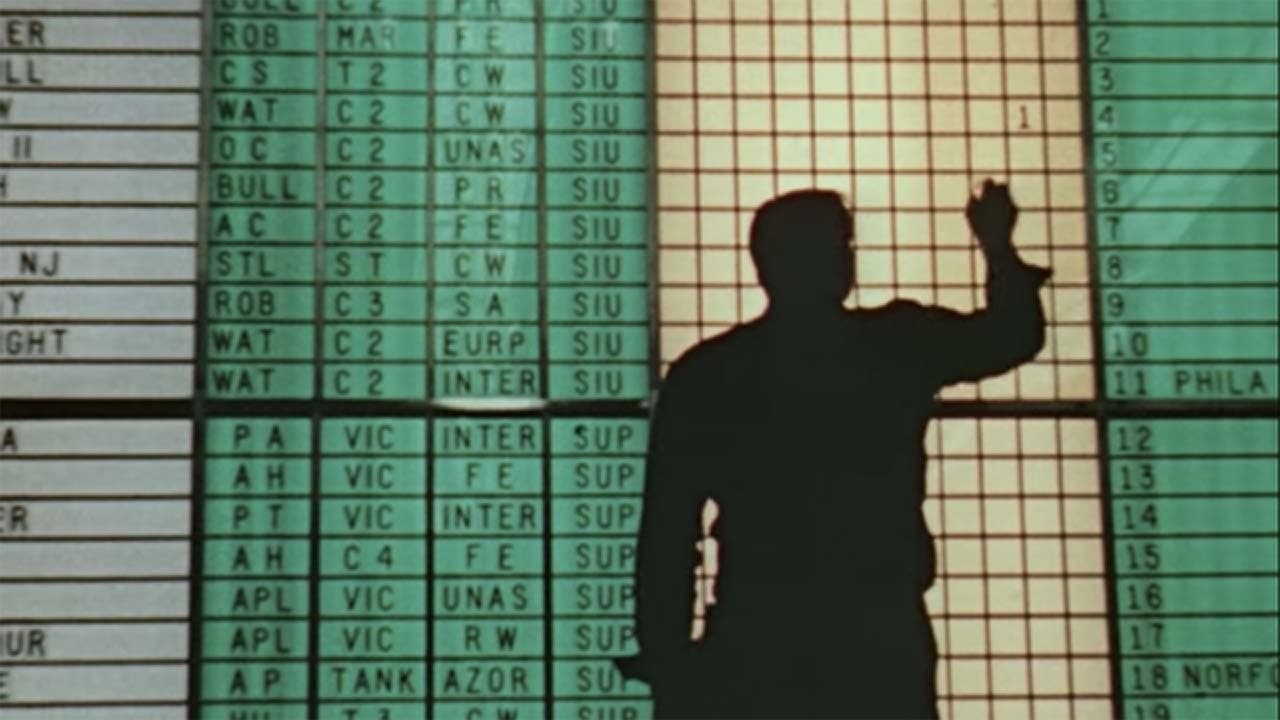
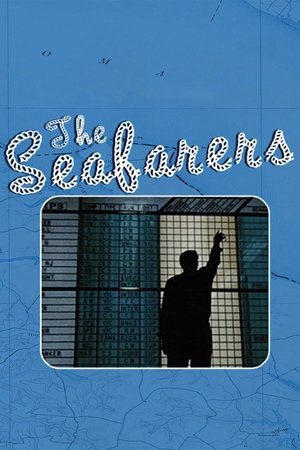
The Seafarers
1953 • 0h 29min • ★ 4.5/10 • United States of America
Directed by: Stanley Kubrick
Cast: Don Hollenbeck, Paul Hall
Members of the American Federation of Labor, the Atlantic & Gulf Coast District of the Seafarers International Union commissioned budding filmmaker and magazine photographer Stanley Kubrick to direct this half-hour documentary. The director's first film in color, it is more of an industrial film than a documentary, it served as a promotional tool to recruit sailors to the union.
“The Seafarers” is a 1953 documentary film directed by Stanley Kubrick. The film explores the work and lives of the men who operate the Seafarers International Union.
Kubrick was hired to make the film by the union, and although it was his first color film, it was not a typical Kubrick film in terms of subject matter or style.
The film starts with a voiceover explaining the history and mission of the Seafarers International Union.
Then, it dives into the everyday lives of seamen, from their daily routines on board to the union’s efforts to improve their working conditions.
The film also includes scenes of the union’s administrative offices and its members voting on union business.
In terms of style, “The Seafarers” is a straightforward documentary, lacking the innovative cinematography and editing techniques that would later become hallmarks of Kubrick’s work.
However, the film still showcases Kubrick’s ability to capture the essence of a subject and to create a compelling narrative out of seemingly mundane material.
- Amazon Prime Video (Video on Demand)
- Don Hollenbeck (Actor)
- Stanley Kubrick (Director) - Will Chasen (Writer) - Lester Cooper (Producer)
- English (Playback Language)
- English (Subtitle)
Fear and Desire (1953)
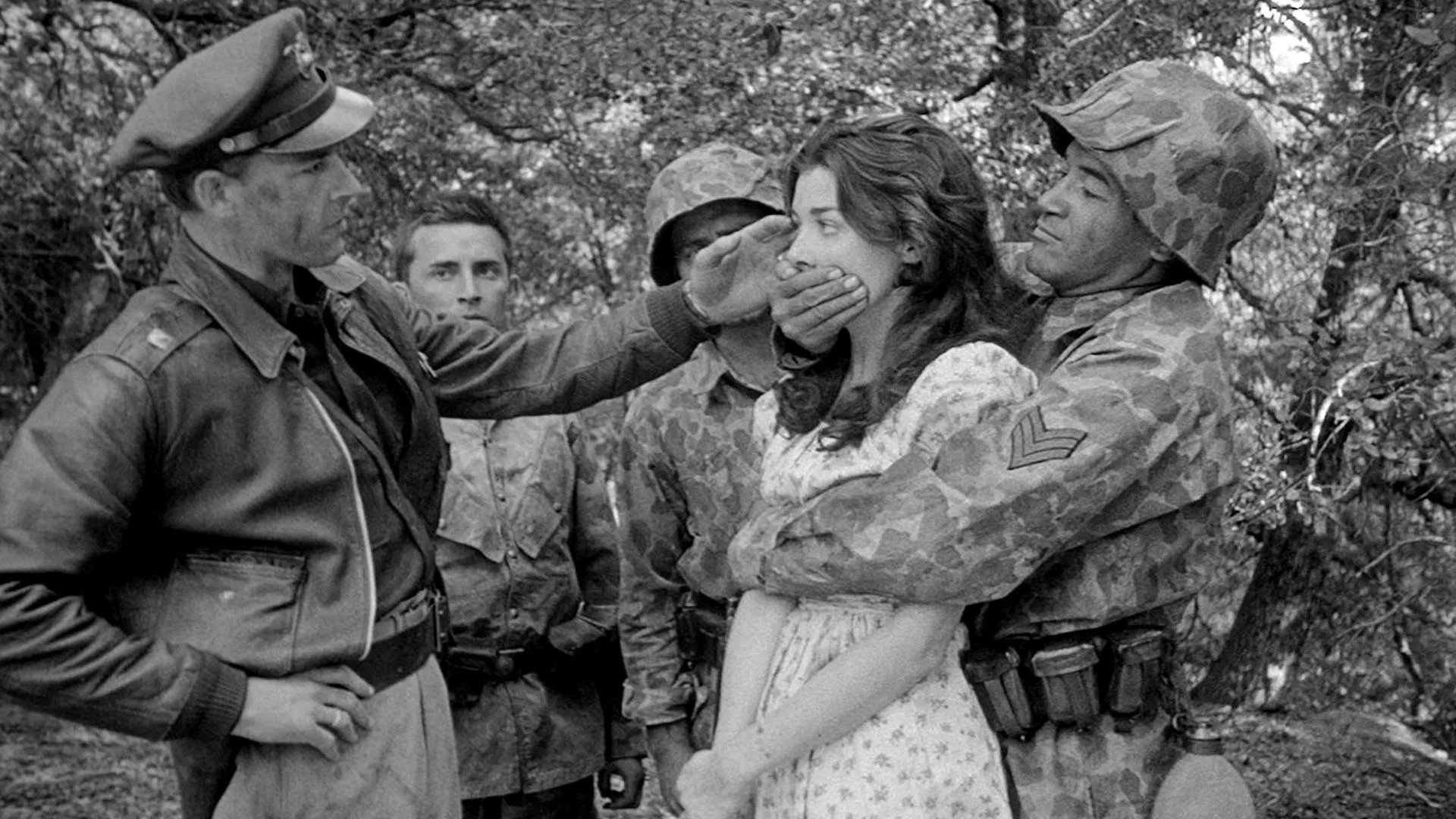
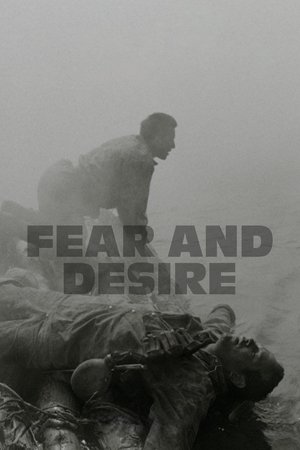
Fear and Desire
Trapped… 4 desperate men and a strange half-animal girl!
1953 • 1h 2min • ★ 5.4/10 • United States of America
Directed by: Stanley Kubrick
Cast: Frank Silvera, Kenneth Harp, Paul Mazursky, Stephen Coit, Virginia Leith
After their airplane crashes behind enemy lines, four soldiers must survive and try to find a way back to their battalion. However, when they come across a local peasant girl the horrors of war quickly become apparent.
Fear and Desire is a war film directed by Stanley Kubrick, his first feature film. It was released in 1953 and follows a small group of soldiers stranded behind enemy lines during an unnamed war.
The film’s opening narration tells us that “there is a war in this forest” and that the soldiers must “carry out their mission” despite the dangers that surround them.
The film is a study of the psychological effects of war on those who fight it. As the soldiers move through the forest, they become increasingly paranoid and unstable.
They encounter a young woman who becomes a focal point for their fears and desires, and they struggle to maintain their sense of purpose and identity in the face of overwhelming danger.
Fear and Desire is a remarkable film considering it was Kubrick’s first feature. The film is clearly low budget, with uneven sound and amateurish acting, but Kubrick shows a remarkable understanding of the power of visual storytelling.
The film is filled with striking images and visual metaphors, and it is clear that Kubrick was already a master of composition and camera movement.
No products found.
Flying Padre (1951)
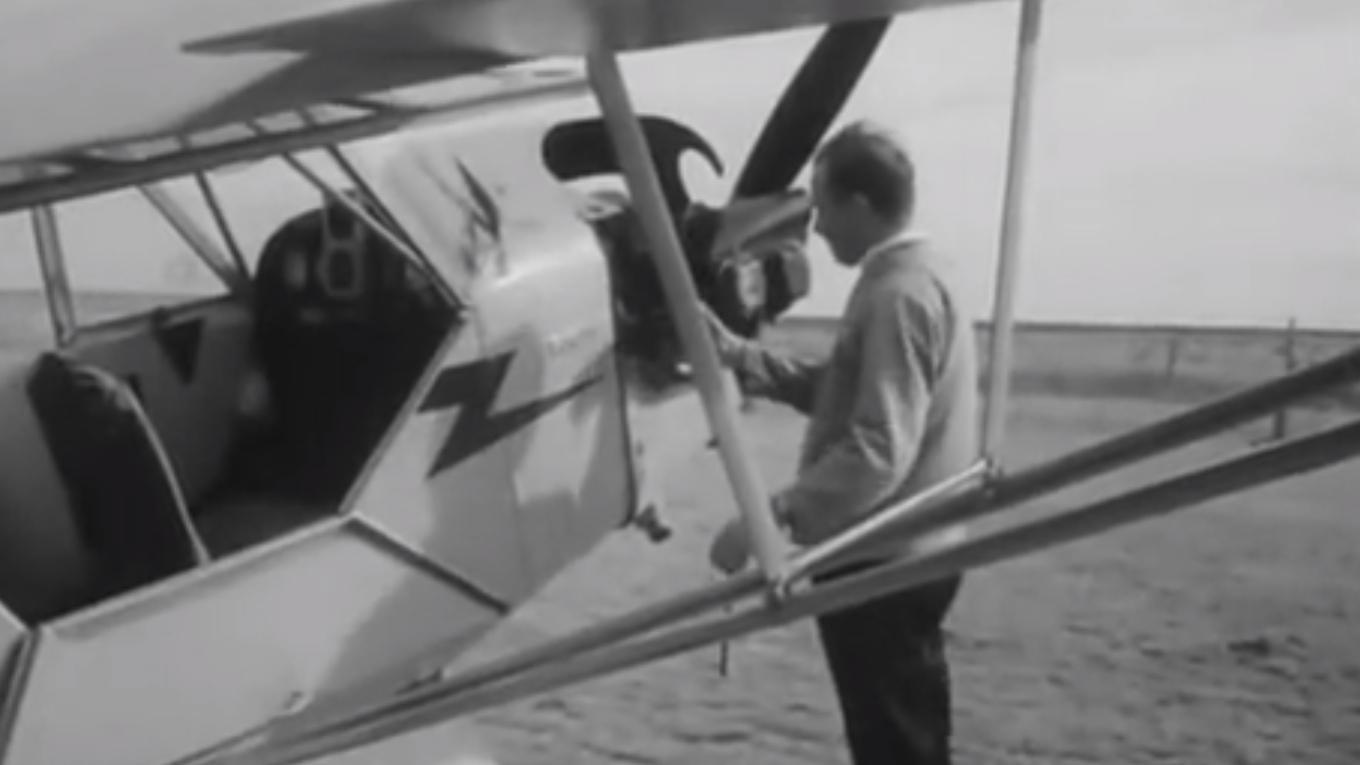
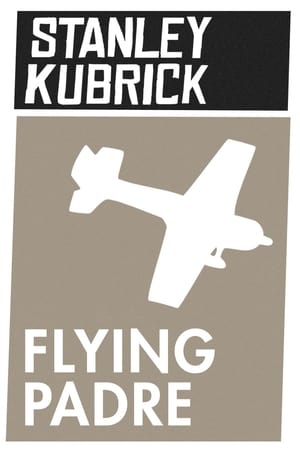
Flying Padre
1951 • 0h 9min • ★ 5.062/10 • United States of America
Directed by: Stanley Kubrick
Cast: Bob Hite, Fred Stadtmueller
Two days in the life of priest Father Fred Stadtmuller whose New Mexico parish is so large he can only spread goodness and light among his flock with the aid of a monoplane. The priestly pilot is seen dashing from one province to the next at the helm of his trusty Piper Club administering guidance to unruly children, sermonizing at funerals and flying a sickly child and its mother to a hospital.
“Flying Padre” is a short documentary film directed by Stanley Kubrick, who was then a young and relatively unknown filmmaker.
The film tells the story of a priest in rural New Mexico who must travel to deliver services to his scattered parishioners, but who finds that it is difficult to reach everyone by car or on foot.
Instead, he has turned to the skies, using his own small plane to travel from place to place.
The film is a fascinating glimpse into a time and place that has long since disappeared, and it captures both the beauty of the New Mexico landscape and the daily struggles of the people who lived there.
Kubrick’s camera work is simple but effective, and the film has a gentle, almost meditative quality to it.
At the same time, it is clear that even in this early work, Kubrick was already experimenting with the conventions of documentary filmmaking, using sound, music, and visual effects to create a sense of drama and urgency.
While “Flying Padre” may be a lesser-known work in Kubrick’s filmography, it is nonetheless an interesting and worthwhile film that provides a unique window into the director’s early career and his developing style.
- Castilian, Portuguese (Subtitles)
- English (Publication Language)
The Best Stanley Kubrick Movies – Wrapping Up
So there you have it. The top Stanley Kubrick films. As you can see, he’s been responsible for some classics of cinema history and it’s clear to see why he’s considered one of the all-time greats.
If you’re sitting down to watch one of these tonight, we envy you. You’re in for a real treat!
We hope this list of the best Stanley Kubrick movies has been helpful. Did we miss your favorite? Let us know in the comments section.
Ready to learn about more Film History & Film Movements?



















